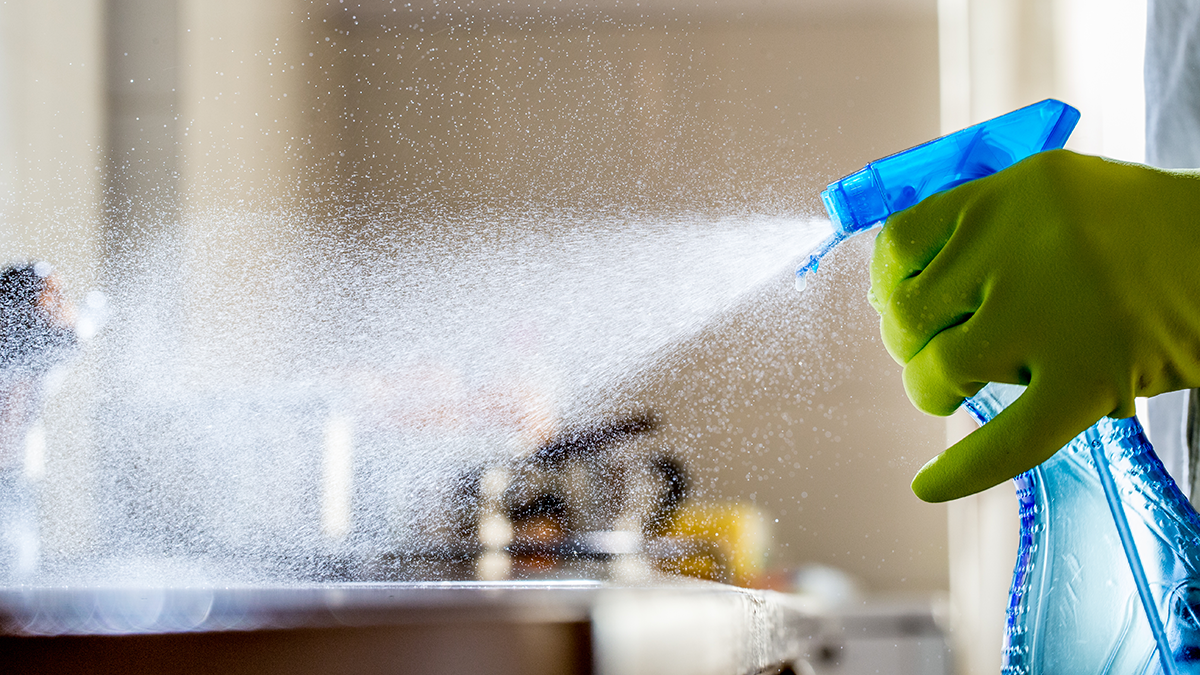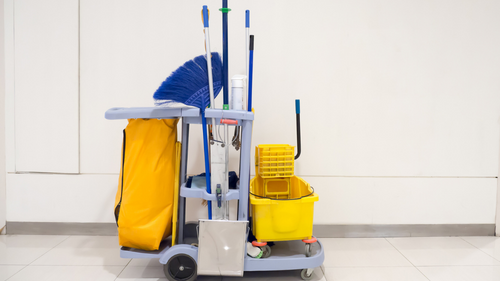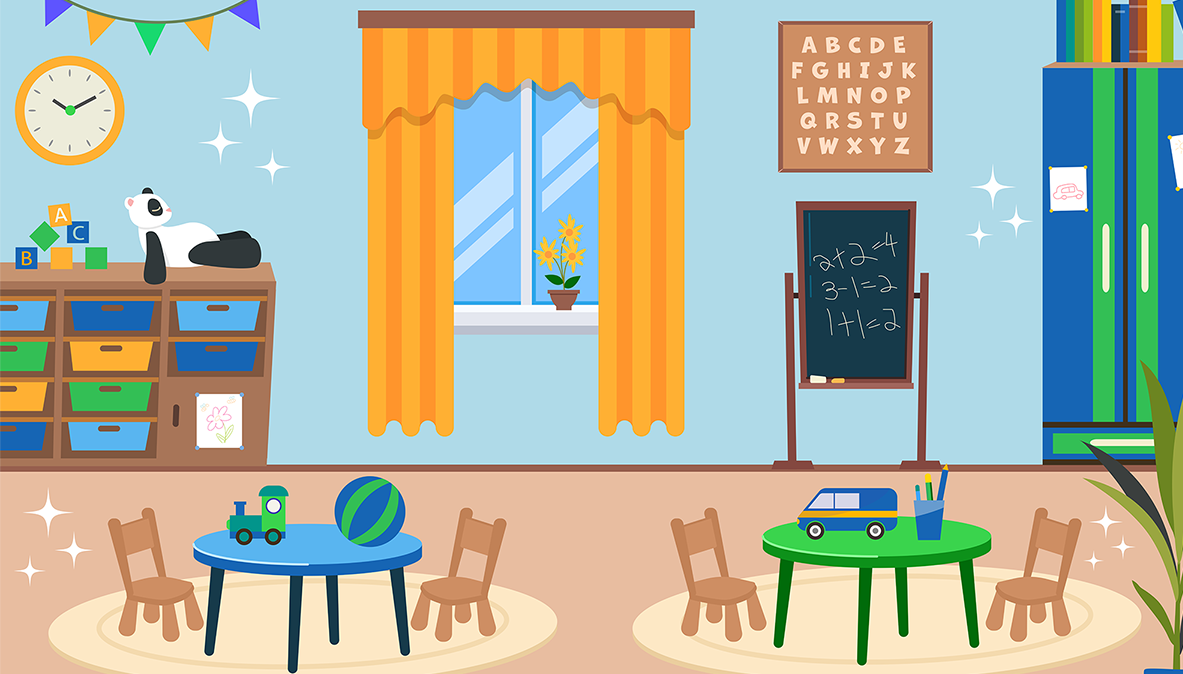Key points
- Cleaning and disinfecting are effective ways to prevent the spread of illnesses and disease.
- In most situations, cleaning alone with soap and water can remove germs.
- Disinfection will kill germs and is needed when someone has been sick.
- Always follow instructions on the label for disinfecting products and bleach.
Overview
In most situations, cleaning alone with soap and water can remove most germs, such as harmful viruses or bacteria, on surfaces. Disinfecting to reduce the spread of diseases at home is likely not needed unless someone is sick or if someone sick has recently visited.
Clean surfaces before sanitizing or disinfecting them, because impurities like dirt may make it harder for sanitizing or disinfecting chemicals to kill germs.
Definitions
- Cleaning is done with water, soap, and scrubbing. Cleaning removes germs, dirt, and impurities from surfaces.
- Sanitizing reduces germs to levels public health codes or regulations consider safe. Sanitizing is done with weaker bleach solutions or sanitizing sprays. Clean surfaces before you sanitize them.
- Disinfecting products are chemicals that work by killing any remaining germs on surfaces. Clean surfaces before you disinfect them.
When to clean and disinfect
- Clean high-touch surfaces regularly.
- Clean other surfaces when they are visibly dirty.
- Disinfect when someone is sick or at higher risk of getting sick.
Recommendations
At home
When and how to safely clean and disinfect various surfaces in your home.
How to make a bleach solution safely for household disinfection.
Learn how to clean your breast pump properly.
Learn when and how to clean and sanitize items used to feed your baby.
In facilities
When and how to clean, sanitize, and disinfect surfaces in your facility.
When and how to clean, sanitize, and disinfect surfaces in early care and education settings.





